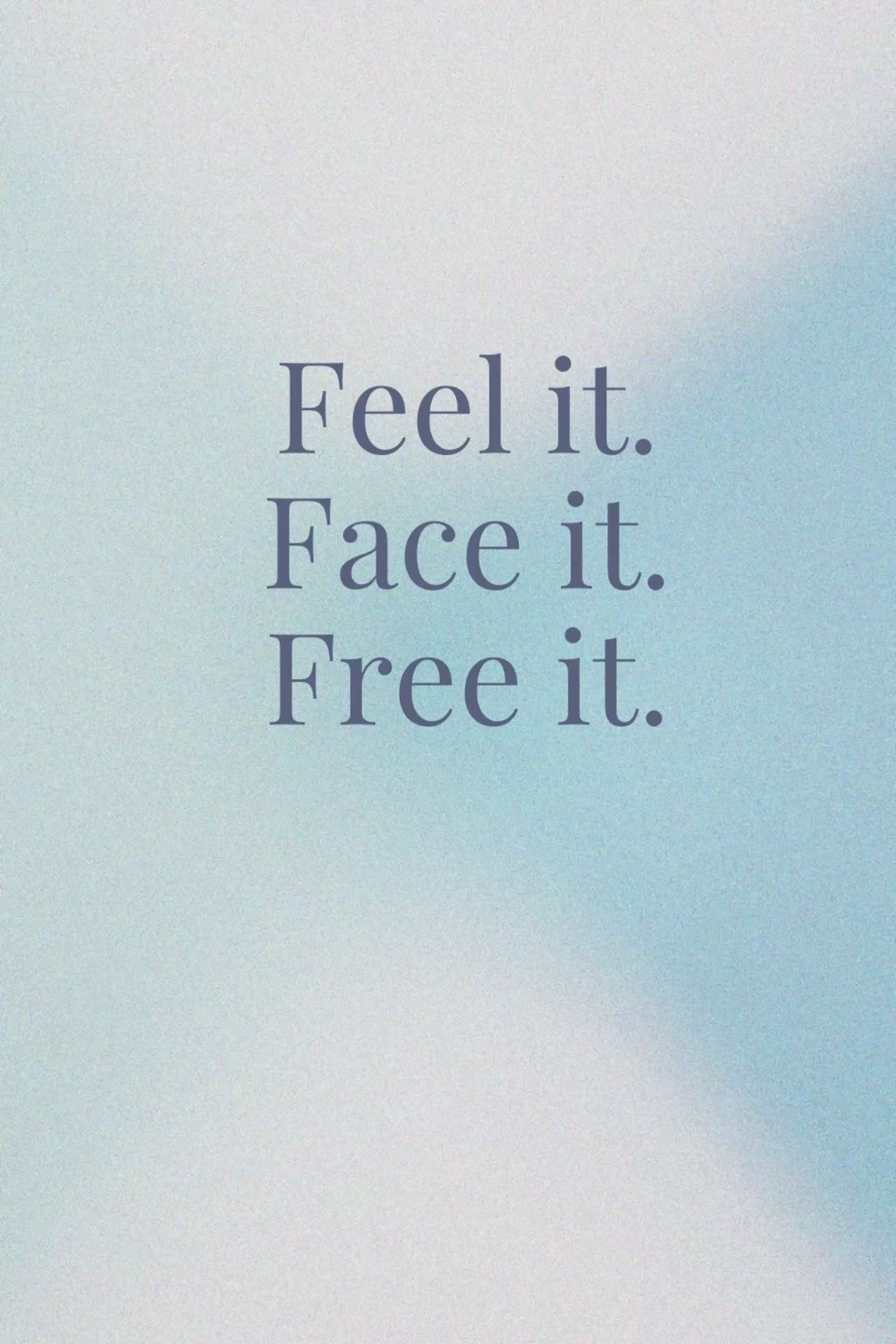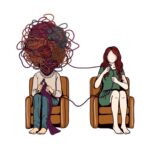What is Corrective Emotional Experience(CEE) in psychology and therapy?

In psychotherapy, clients often arrive carrying emotional templates shaped by early relationships especially with primary caregivers. These patterns can be painful, limiting, and deeply ingrained. But what if the therapeutic relationship itself could gently undo some of these old wounds?
This is exactly where the Corrective Emotional Experience (CEE) comes in.
What Is the Corrective Emotional Experience?
Originally described by psychoanalyst Franz Alexander, the Corrective Emotional Experience refers to a healing process in which the therapeutic relationship offers the client an emotionally different and healthier experience than what they encountered in earlier, formative relationships.
At its heart, CEE is about disconfirming old expectations.
If a patient grew up expecting criticism, emotional distance, or unpredictability, the therapist’s consistent, stable, and compassionate presence becomes a powerful contrast. It shows the client through experience and not just insight, that relationships can feel safe, supportive, and dependable.
This is not merely about kindness.
It is about offering an emotionally corrective relationship that challenges and reshapes the client’s internal blueprint for how relationships work.
The Therapist as a “New Parent Figure”
For a Corrective Emotional Experience to unfold, the therapist must hold a very specific relational stance, one that balances support with structure.
A therapist facilitating CEE typically embodies:
✔ Friendly, Flexible, and Non-Judgmental Presence
A safe environment where the client feels understood and accepted—perhaps for the first time.
✔ Non-Authoritarian Attitude
Unlike past figures who may have misused authority, the therapist avoids power struggles and encourages agency.
✔ Firmness With Healthy Boundaries
Limits are set when needed—but without anger, withdrawal, or punishment.
This alone can be transformative for clients who associate boundaries with rejection or fear.
In this way, the therapist becomes a symbolic “new parent figure,” offering:
- A secure relational base
- A model for healthy emotional regulation
- A stable figure the client can internalize and emulate
Why CEE Matters: Rewriting the Emotional Script
During therapy, clients often unconsciously re-enact their old emotional patterns.
They may:
- Test boundaries
- Expect rejection
- Withhold emotions
- Provoke conflict
- Withdraw to avoid vulnerability
These behaviors mirror the wounds of childhood.
Here’s the turning point:
When the therapist responds differently and with steadiness instead of anger, empathy instead of judgment, and firmness instead of punishment, the client receives a corrective relational message:
- “I can make mistakes and still be accepted.”
- “Healthy boundaries don’t mean abandonment.”
- “I can express myself and remain safe.”
- “Not everyone reacts like the people from my past.”
This new experience is not intellectual but it is felt, and that makes it powerful enough to reshape old emotional patterns.
The Heart of Healing: Not Just Insight, but Experience
Insight alone rarely changes long-standing patterns.
Experience does.
The Corrective Emotional Experience allows clients to live within therapy itself, a version of a relationship that is healthier, kinder, and more secure than what they once knew. Over time, this helps them internalize a new emotional reality and carry it into the world beyond therapy.
In many ways, CEE is where the deepest healing happens:
through relationship, through repair, and through experiences that rewrite old emotional truths.


Comments (0)